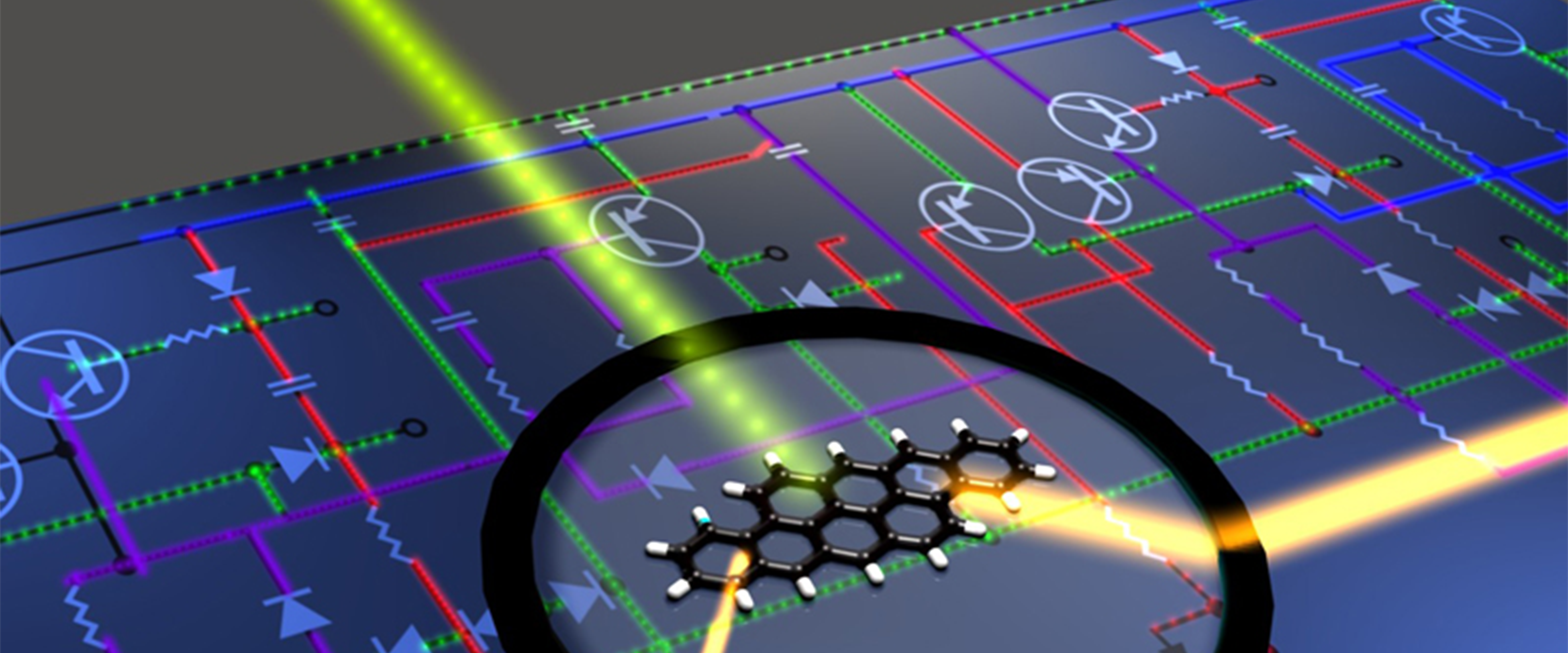Overview
Optical computing, also known as photonic computing, utilizes light waves produced by lasers or incoherent sources for data processing, storage, and communication. This approach offers potential advantages over traditional electronic computing, including higher bandwidth and energy efficiency. en.wikipedia.org
Historical Development
The concept of optical computing emerged as researchers sought alternatives to electronic computing to overcome limitations such as heat generation and energy consumption. Early developments focused on replacing electronic components with optical equivalents, leading to hybrid systems that combined both technologies. en.wikipedia.org
Advantages of Optical Computing
Energy Efficiency and Thermal Management
Optical systems require significantly less energy to transmit signals compared to electronic systems, resulting in lower power consumption and minimal heat generation. This efficiency reduces cooling requirements and enhances device longevity. prodigitalweb.com
High-Speed Data Processing
Photonic systems can process information at the speed of light, enabling faster computations and data transmission. This capability is particularly beneficial for applications requiring real-time processing and high throughput. evolutionoftheprogress.com
Applications
Machine Learning and Artificial Intelligence
Optical computing can significantly enhance machine learning by speeding up processing times and reducing energy consumption. Optical neural networks are well-suited for large-scale data analysis and complex models, making them valuable for AI applications. simplescience.ai
Optimization Problems
Many real-world problems involve optimization, where the goal is to find the best solution among many possibilities. Optical computing can tackle these challenges effectively, providing faster results for applications such as logistics, finance, and engineering. simplescience.ai
Statistical Sampling
Statistical sampling is crucial for analyzing data and making predictions. Optical computing offers advantages in generating samples from complex probability distributions, making it a valuable tool for fields like data science and research. simplescience.ai
Challenges
Integration with Existing Technology
Integrating optical systems with traditional electronic components can be complex. As optical and electronic technologies differ significantly, efficient communication between these systems is essential. simplescience.ai
Scalability
Scaling optical computing systems for larger applications remains a challenge. Developing robust and flexible architectures that can handle increased workloads is crucial. simplescience.ai
Nonlinear Processes
Many optical computing applications require nonlinear elements to function effectively. Integrating these components into optical systems adds complexity and can affect performance. simplescience.ai
Recent Research and Developments
In 2024, researchers developed an optical neural network capable of isolating specific transmissions and identifying signals in real time with a processing delay of less than 15 picoseconds. This system also operates at significantly lower power consumption than comparable electronic systems. en.wikipedia.org
Another advancement includes the development of a photonic tensor core capable of performing over 120 billion operations per second and supporting in situ neural network training with weight updates at 60 GHz. en.wikipedia.org
Future Prospects
The future of optical computing holds promise for revolutionizing data processing and computation. Continued research aims to address current challenges, such as integration with existing technologies and scalability, to fully realize the potential of photonic systems in various applications, including artificial intelligence, telecommunications, and high-performance computing.forbes.com
